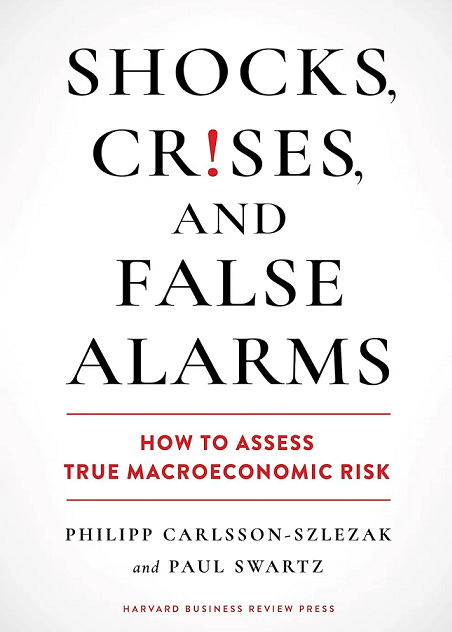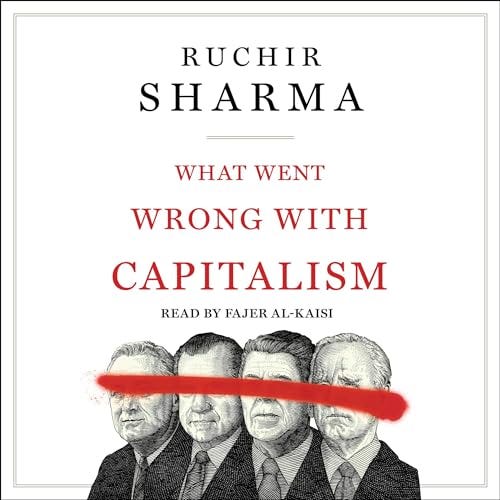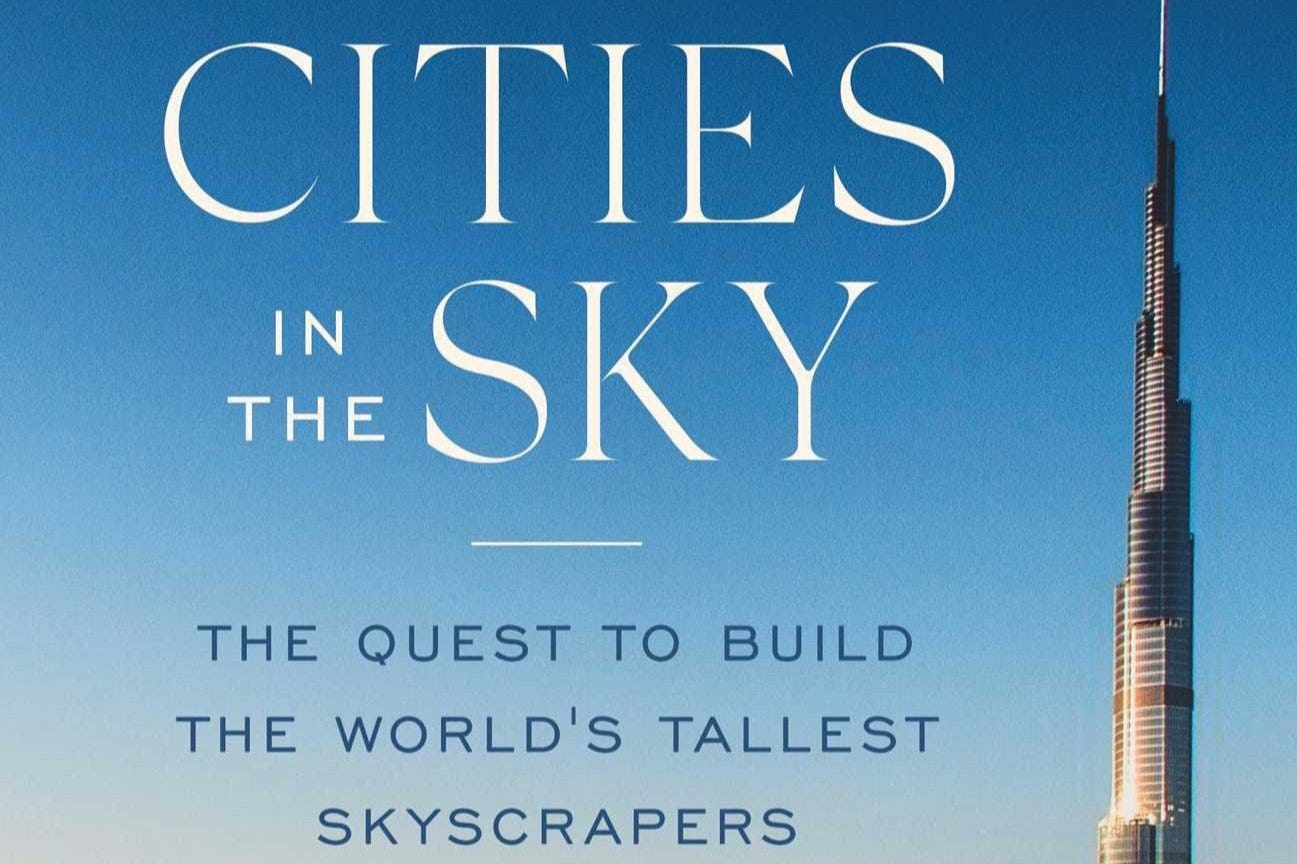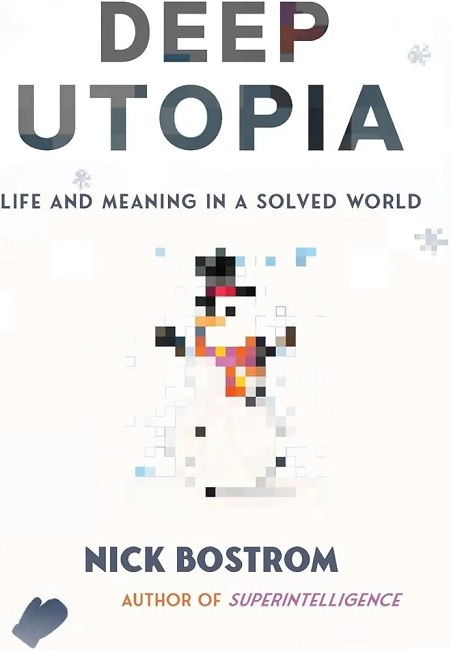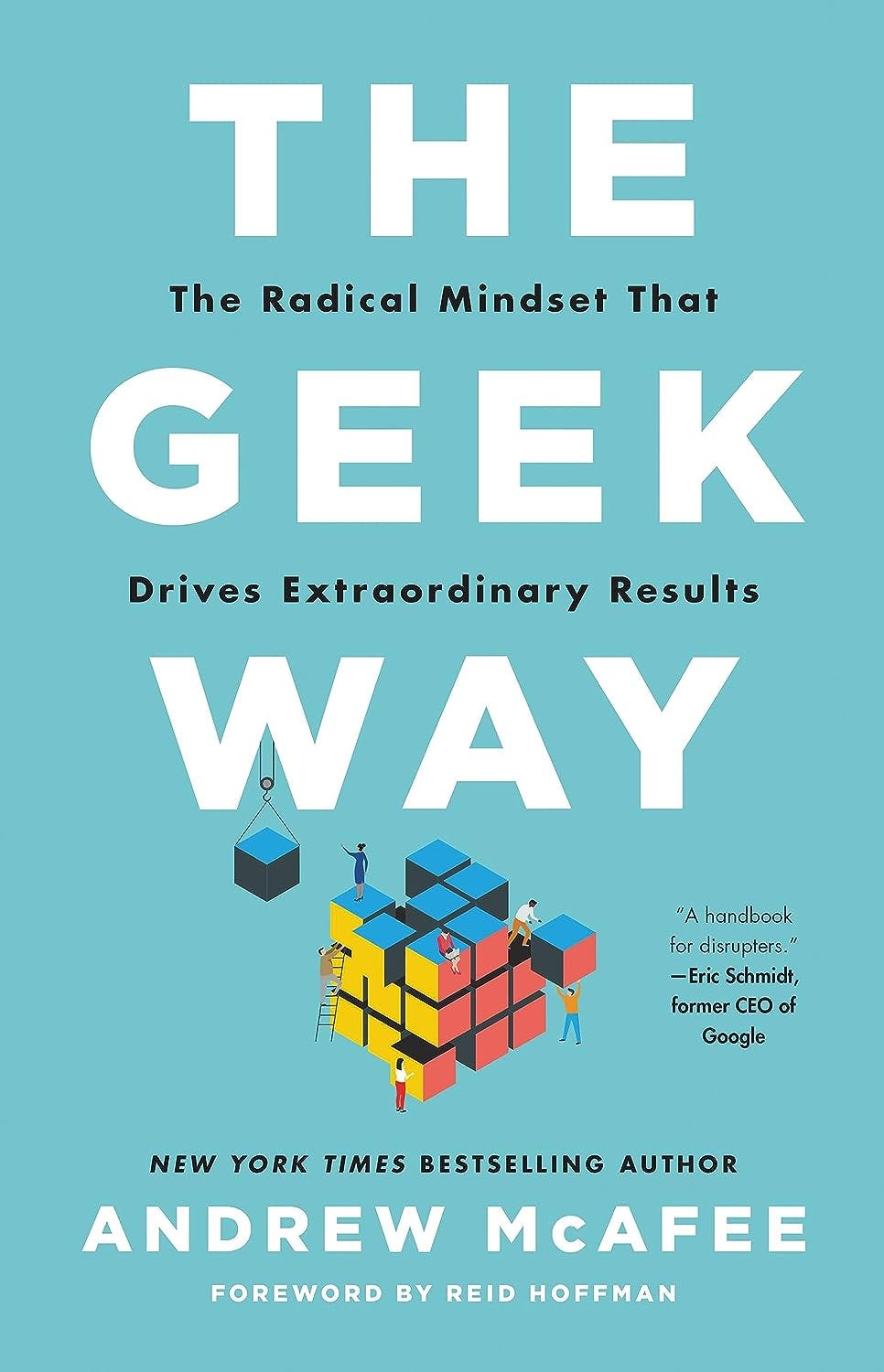⚡ My chat (+transcript) with venture capitalist Katherine Boyle on 'American Dynamism'
Description
American global leadership is due in great part to its innovators — visionaries who drive society beyond the preconceived limits. Historically, government-led initiatives like the Manhattan Project or the Apollo Project pushed boundaries. Today, too often, government lags behind technologically.
Today on Faster, Please! — The Podcast, I talk with Katherine Boyle about American Dynamism, the spirit of pro-progress innovation, and how a new generation of Silicon Valley startups is spurring government to break out of its old habits.
Boyle is a general partner at VC giant Andreessen Horowitz, having previously been a partner at General Catalyst and a general assignment reporter at The Washington Post. She primarily invests in national security, aerospace and defense, and public safety companies, among others.
In This Episode
* American Dynamism (1:25 )
* From software to the physical world (7:23 )
* Government collaboration: challenges & opportunities (11:29 )
* Playing the long-game in Washington (21:16 )
* Building the American Dream (24:35 )
Below is a lightly edited transcript of our conversation
American Dynamism (1:25 )
Let's just start with a little bit of definition about American Dynamism. Broadly, what challenges or problems is this effort directed toward?
It's a bit of a long story as to what American Dynamism is, how it arrived to be a category of innovation, but the short definition is American Dynamism is built for companies that support the national interest. So a very broad category of companies, everything from aerospace, defense, national security, companies that sell directly to the US government and to our allies, but also things like housing, education, transportation, infrastructure, things that are built in the physical world where Washington or states usually like to regulate those things.
So one of the things that we saw in our own portfolio is that there are a lot of companies that we used to be classifying as “enterprise” or “consumer,” and really what they were were government companies because they had to interface with a regulator much earlier in their trajectory, or they saw government as a potential buyer of the product. So in cases of things like aerospace and defense, those are very obvious government buyers, but things like public safety, where we have companies like Flock Safety, for example, that started out selling to homeowners associations thinking they were a consumer company, but ultimately got extraordinary pull from local governments and from public safety officials because of how good the technology was. So the companies, in some ways, they were these N-of-One companies, really solving really important civic problems, but over time it became very clear that this was a growing category of technology.
But the broader underlying thesis, I'd say, of where the movement came from, and when we really started seeing this as an area where founders, in particular, were excited to build, I think it did come out of “It’s Time to Build,” my partner Mark Andreessen's canonical post where he basically said during Covid that we have to be able to build things in the physical world. And there was sort of this realization that technology has solved many, many problems in the digital realm that I think, in some ways, the last 15 years of the Silicon Valley technology story has really been about changes in consumer technology or changes in the workplace, but now we're finally seeing the need for changes in government and civic goods, and there's just an extraordinary amount of momentum from young founders who really want to build for their country, build for the needs of the citizenry.
Does it change what you do, or maybe the kinds of expertise that are needed, to think about these things as a category, rather than different companies scattered in these other kinds of categories. Thinking of them as like, “Oh, there's some sort of commonality,” how is that helpful for you?
The thing that's interesting is that there's sort of a “yes” and “no” part to that question. The yes is that the founders are coming from different places. So the companies that have led to this sort of, I would say, extraordinary wealth of engineering talent where people are not afraid to tackle these problems, there's a handful of the companies that have scaled: it's companies like SpaceX, companies like Palantir, where, 20 years ago, they were banging their heads against the wall trying to figure out, “How do we sell to government?” In many cases, they had to sue the government in order to be able to sell and compete against the larger incumbents that have been around for, in many cases, 50, 70 years. But now you have these talented engineers who've sort of seen those playbooks, both in terms of, they understand what good engineering looks like, they understand the pace of innovation, how quickly you have to bring new products to market, and they also understand that you have to be in touch with your customer, constantly iterating.
And so you now have companies that have scaled in these categories where there is this nice thing that happens in Silicon Valley, and I always say it's a mark of a really successful company when three, four, five years into the journey, you start seeing the early people at that company say, “Well, I want to solve this problem,” or “I want to go be a founder, myself,” and they start building more companies. So I think that, in some ways, the natural order of how Silicon Valley progresses, in terms of, do you need to have different expertise, or are there different talent pools? Yes, they're coming from different companies, but it's the same story of Silicon Valley Dynamism, which is, someone comes in, I always joke, they go to the University of Elon Musk and they learn how to manufacture, and then they say, “Well, actually, I don't want to just work on rockets anymore, I'd like to work on nuclear.” And so then you have companies like Radiant Nuclear that have spun out of SpaceX several years ago that are building in a totally different category for the built world, but have that sort of manufacturing expertise, that engineering expertise, and also know what it's like to work in a highly regulated environment.
Does it require a different expertise, then, to advise these companies because of that government interface?
I think in some ways it does, yes, the types of people who are investing in this category, maybe there's a number of investors where they got their start at Palantir, for example, or they understand the early journey of SpaceX. But at the same time, the thing that I think has been most surprising to us is just how quickly this movement caught on among the broader Silicon Valley ecosystem. And I think that's a very good thing, because, at its core, these are software companies in many cases. Yes, they're building hardware, but software is the lever that's allowing these companies to scale. So you are seeing the traditional venture capital firms that used to say, “Oh, I would never touch anything that is operating in the physical world,” or the meme you had five years ago, which is, “You'll never be able to sell anything to the US government, I'm not wasting my money there.” You've seen a complete 180 in the Silicon Valley ecosystem in terms of venture firms where they're now willing to take bets on these types of companies.
And you're also seeing, there's a number of founders where their first company, for example, might've done very well, and it might've just been pure software, or in a consumer enterprise, sort of a more classical Silicon Valley domain, and now you're seeing those founders say, “Actually, I want to build for the civic need. I want to build for the national interests. These are issues I care about.” And so you're seeing those founders actually decide to build in the category and team up with founders who maybe have a little bit more experience in government, or maybe have a little more experience in terms of how they're building in the physical world.
From software to the physical world (7:23 )
That period you referred to, which seems like a lot of what Silicon Valley was doing with the first 15 years or so of this century: they're doing internet, social media, very consumer-facing. How valuable was that period? Because that is a period that, here in Washington, is much criticized as trivial, “Why wasn't Silicon Valley solving these huge problems like we did in the ’60s?” Again, there were some critics who just looked at it as a waste of brainpower. To what extent is that a fair criticism, and do you think, is that unfair? That stuff was valuable, people valued the kinds of products that were produced
You would actually be better able to speak to this than me, but I'll say, the graph or the chart that's going viral today, as we speak, is the comparison of 2009 US GDP versus Eurozone GDP, which were roughly equal in 2009, coming rig




